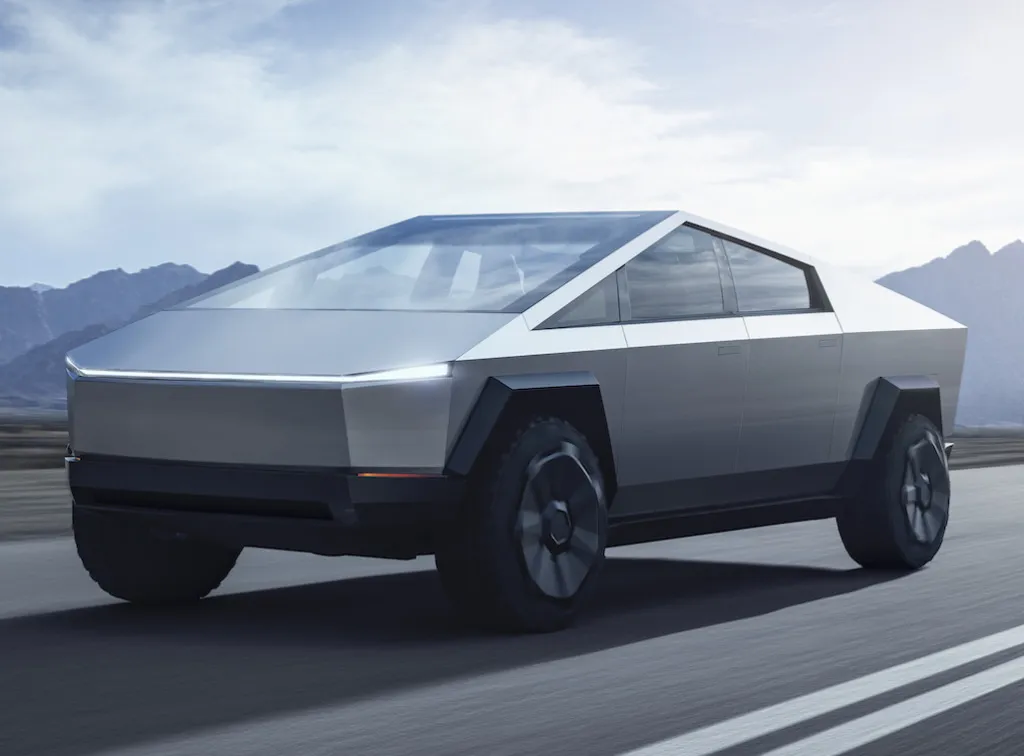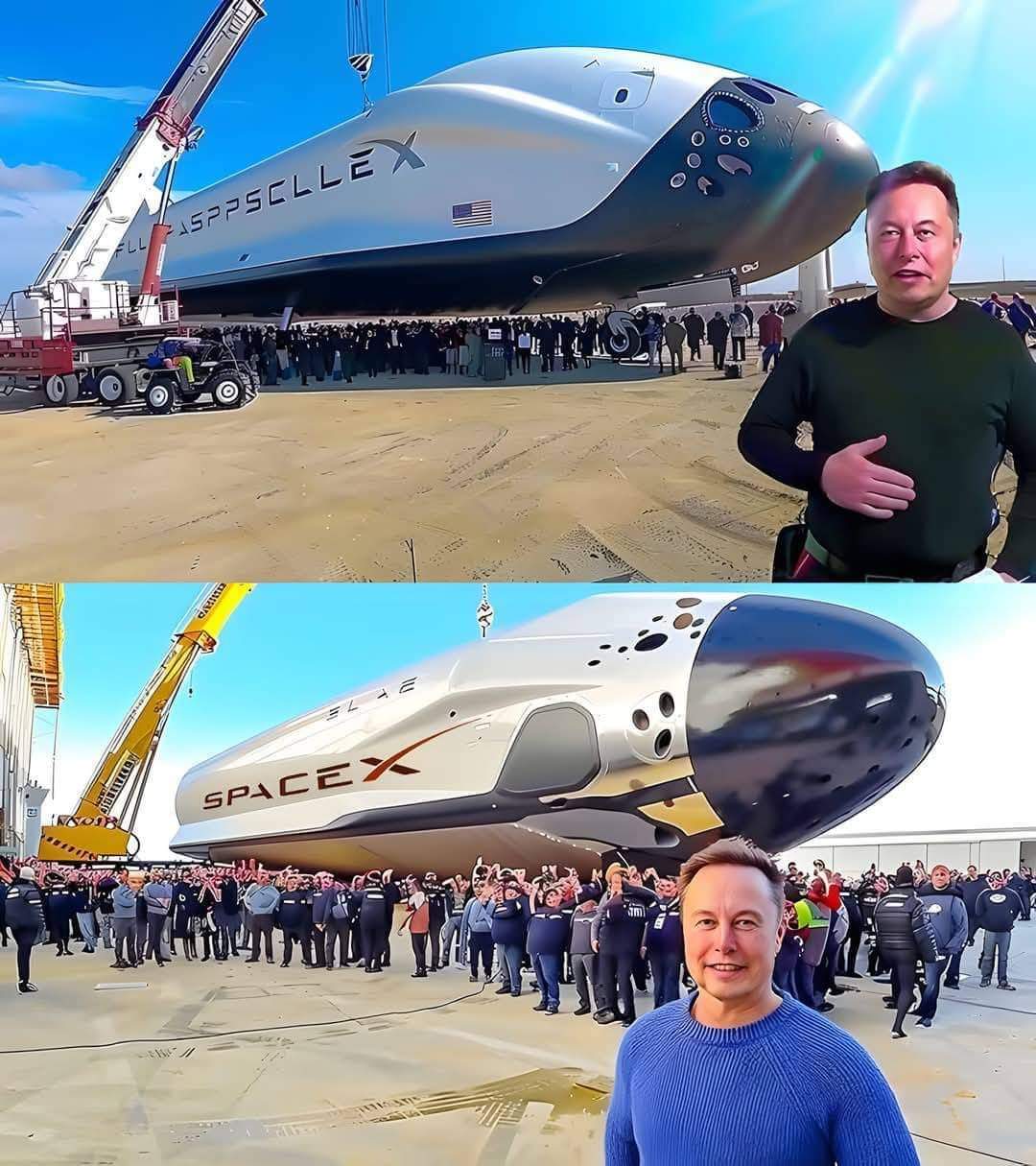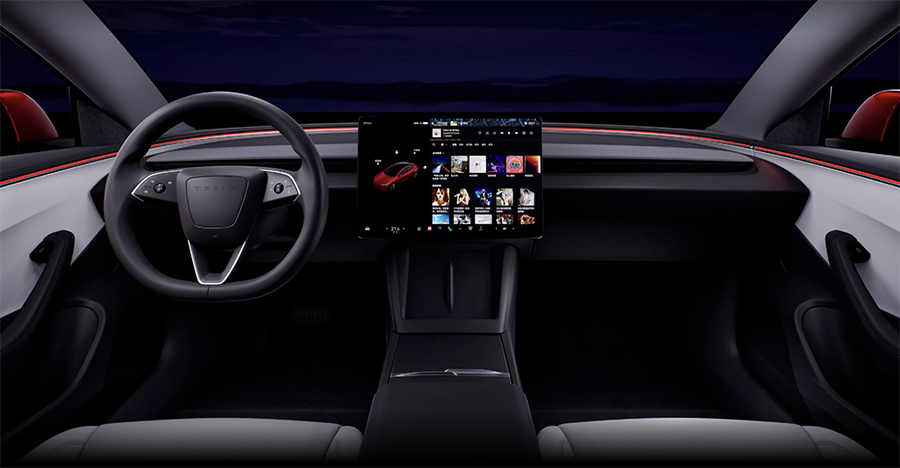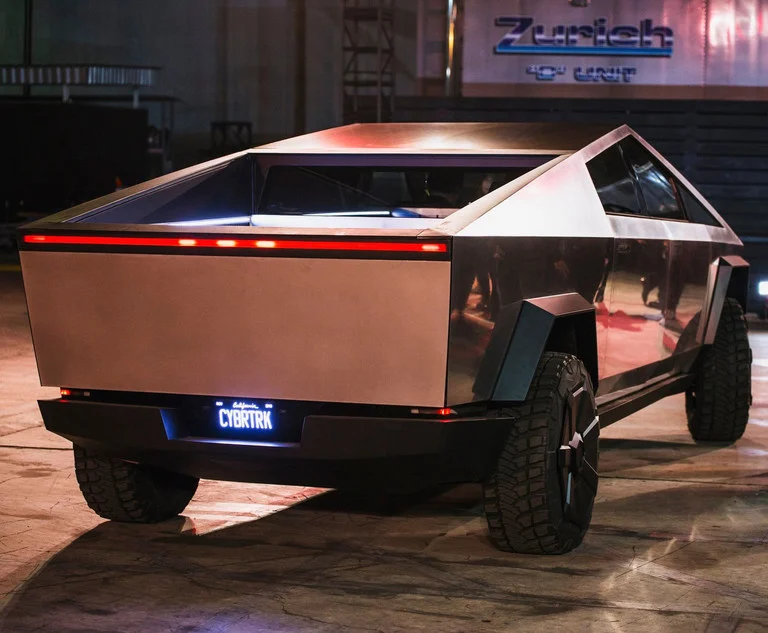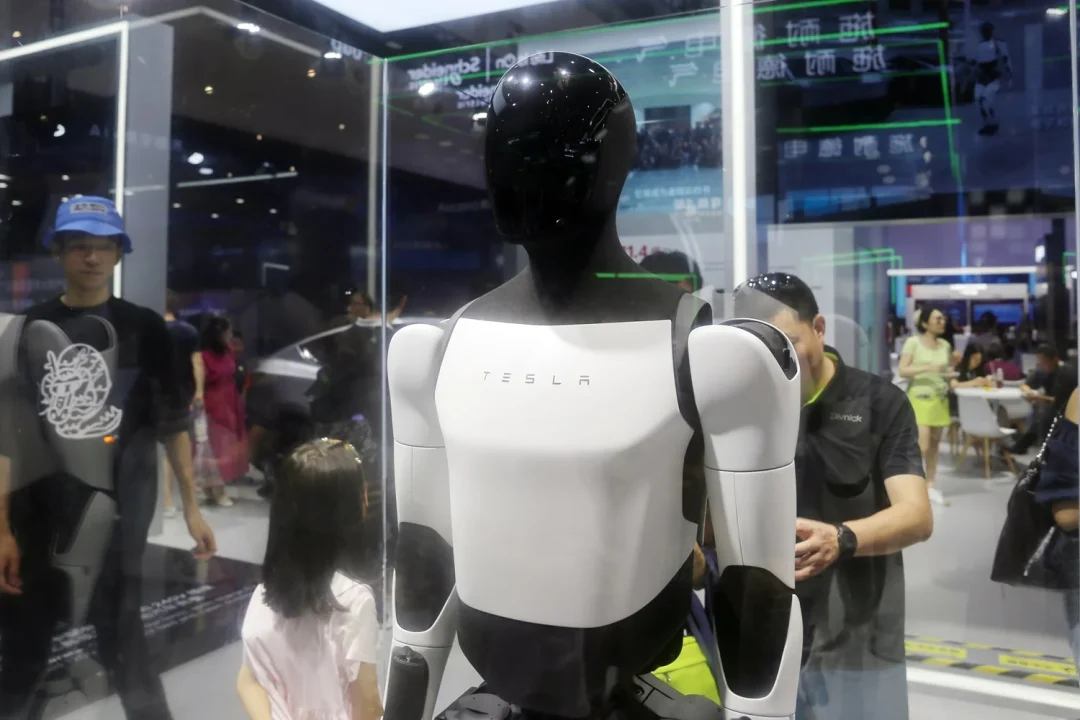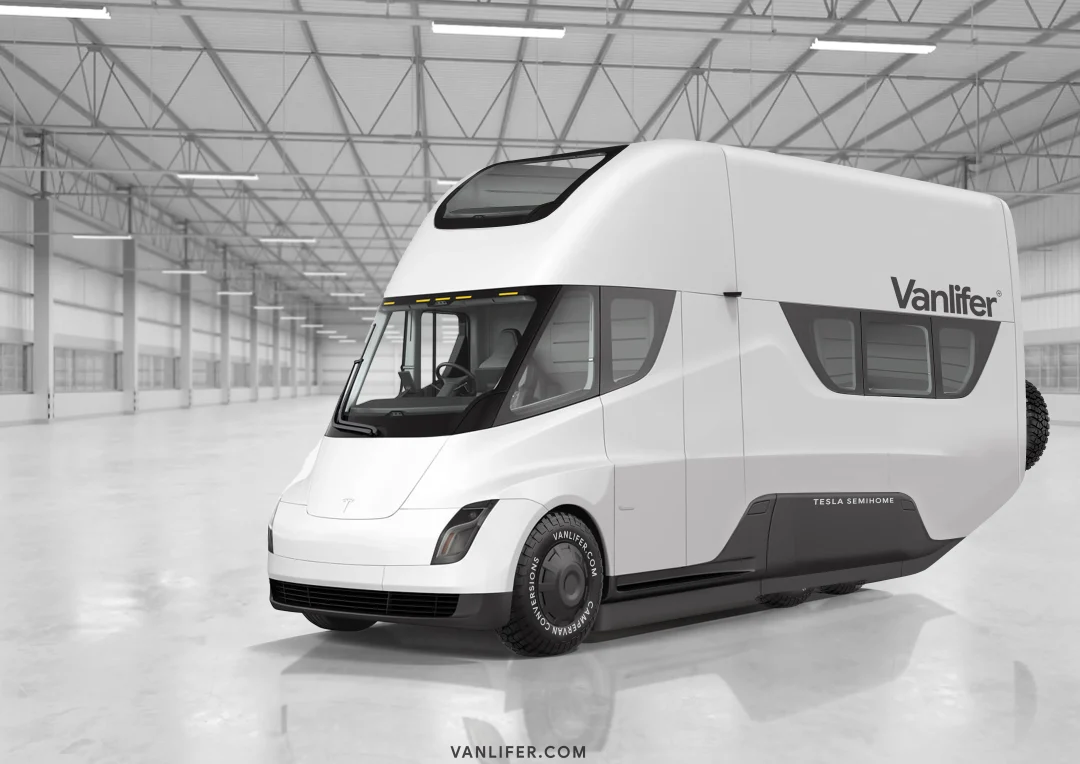Tesla has submitted a patent application for a “fibrous foam architecture” with claims that the manufacturing technique for seats and interior trim would create a more efficient and environmentally-sustainable process.
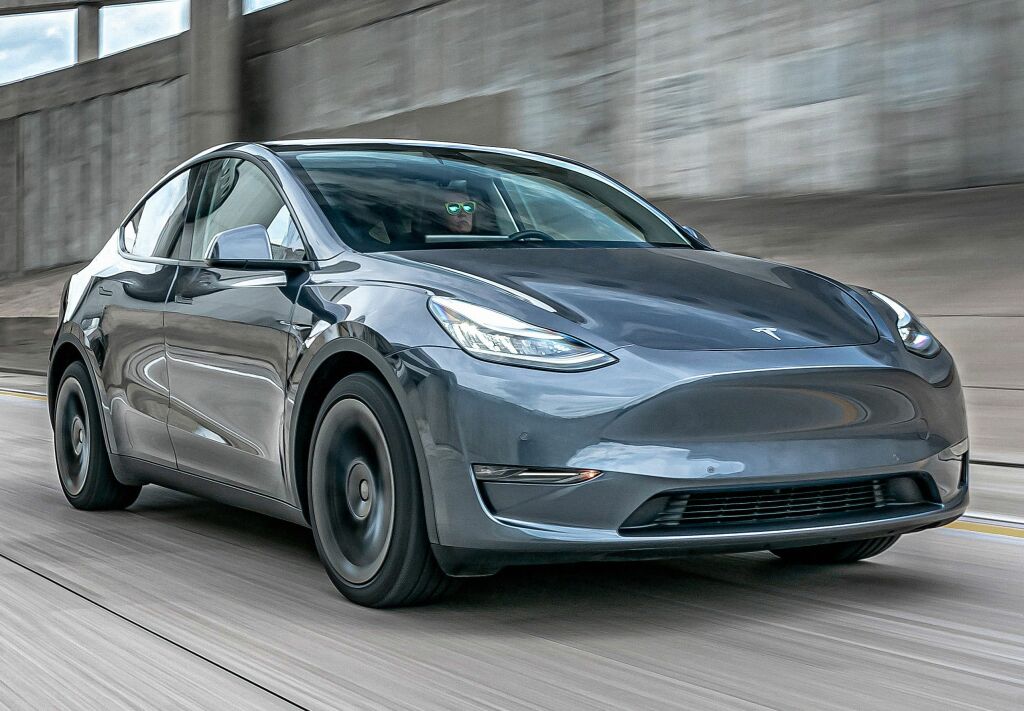
The submitted patent explains that the current materials used for cushioning in traditional vehicle seats include foam made from polyurethane, a material that is not able to be recycled and may not be the most comfortable due to its lack of breathability. Manufacturing the foam is also a time-consuming and laborious process that involves the pouring and mixing of numerous chemicals, like polymer or epoxy, into a mold. After setting, this requires additional material to be trimmed and shaped, thereby creating unnecessary waste that Tesla’s fibrous foam architecture hopes to eliminate.
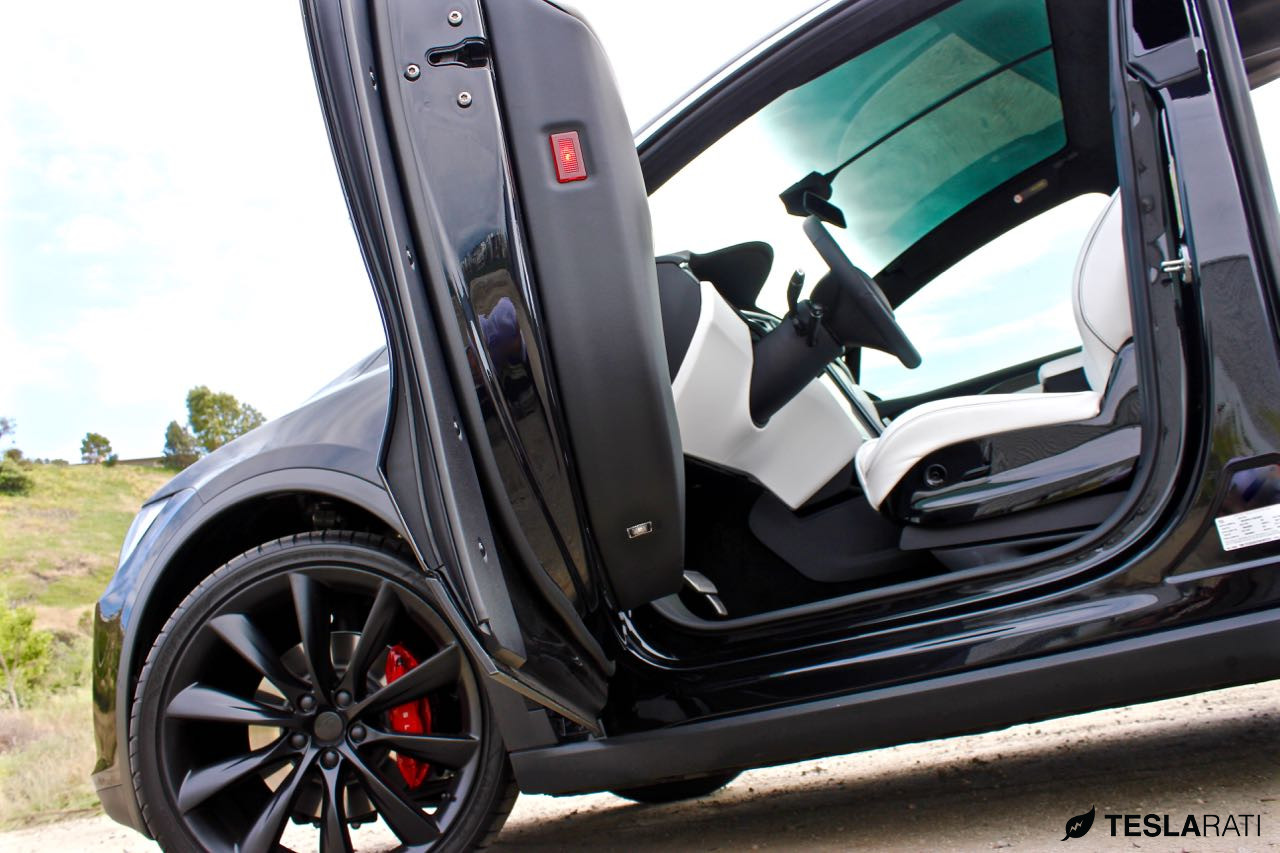
The background of the patent states, “Trim to foam assembly may include hog ring, hook and loop, and/or clipping methods. In such methods, alignment tolerances may need to be maintained, mating surface limitations may need to be met, trenches and stitches may need to be provided and so on. Glue application storage and handling may also be required. Current manufacturing processes may be labor-intensive and time-consuming.” This would improve the production and quality of backrests, armrests, leg-rests, and bolsters.

Tesla is looking to improve upon its vehicle’s interior, as it suggests “there is a need for an improved foam architecture and associated manufacturing process that overcome the aforementioned drawbacks.”
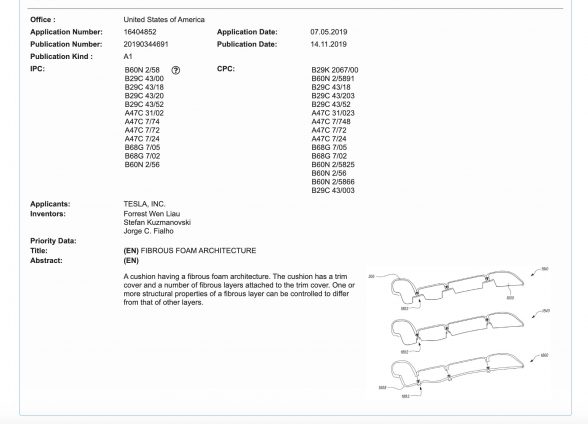
An improved foam structure for vehicle seating will provide a new, more comfortable, recyclable material for owners of Tesla electric cars. Tesla plans to use the stacking of multiple layers of different materials to make a less-laborious and more cost-effective seating option. The use of sustainable materials that can be recycled after use will appeal to the environmentally-conscious Tesla owner. The company unveiled 100% cruelty-free seat options in 2017 to its Model S and Model X, and would later offer the 100% vegan material for the Model 3 and the upcoming Model Y.
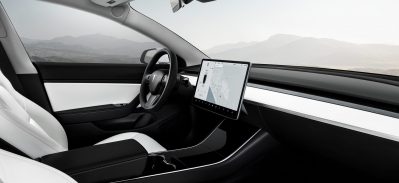
Tesla has continued to improve its vehicles in every way imaginable for its customers through OTA power updates and accessibility features while finding efficiencies in its design and manufacturing process to support a wider scale-out in production. The company is gearing up for the initial production of the Model Y in early 2020 and the first mass-production of the Model 3 from its Shanghai-based Gigafactory 3. Tesla announced during the Q3 earnings call, “trial production of Model 3 in Shanghai has begun, ahead of schedule. We are also ahead of schedule to produce Model Y and now expect to launch by summer 2020. Model Y equipment installation is underway in advance of the planned launch next year. We are moving faster than initially planned, using learnings and efficiencies gained from our Gigafactory Shanghai factory design.”
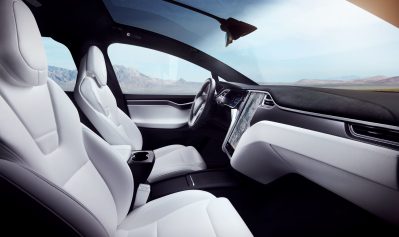
As Tesla begins to increase the rate of production of its fleet of vehicles, efficiency is a key factor in creating a lean and cost-effective manufacturing process. Tesla is set to begin production of the Model Y crossover in 2020 and will unveil its highly-anticipated Cybertruck on November 21.
